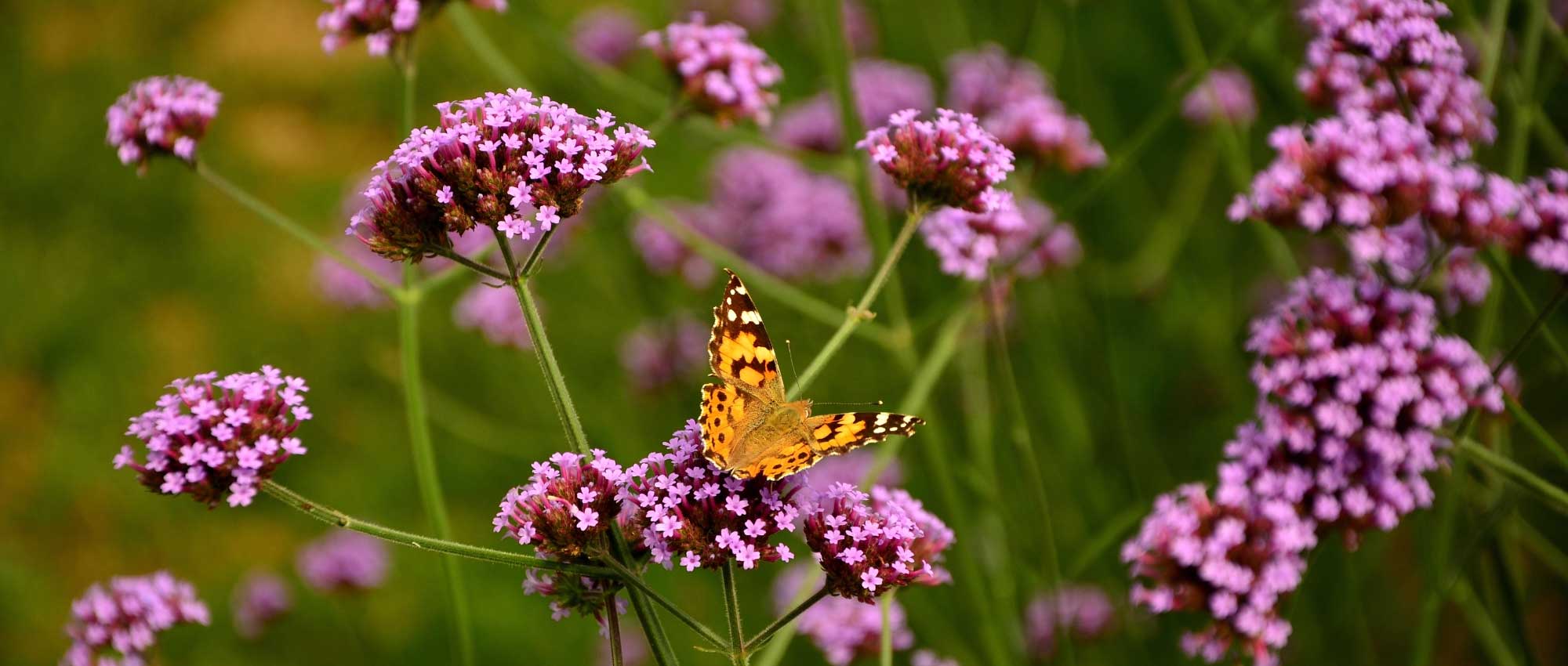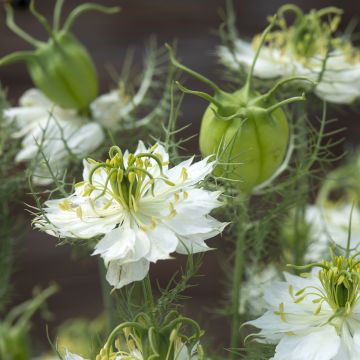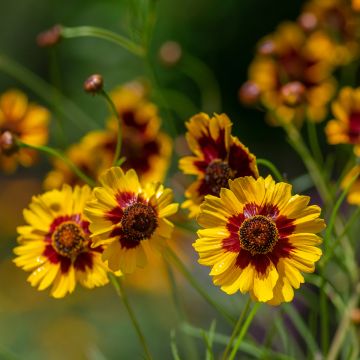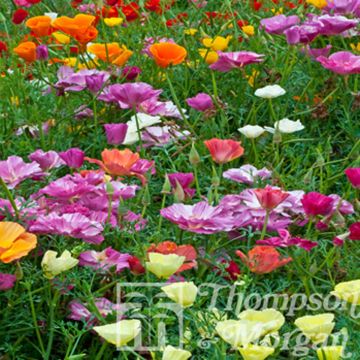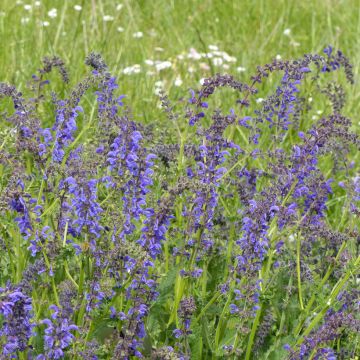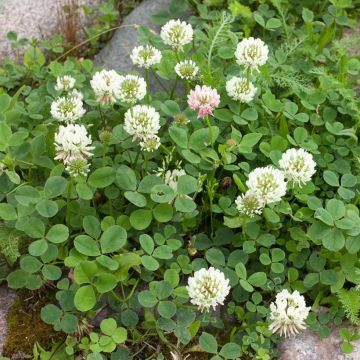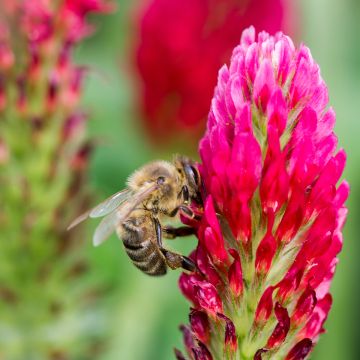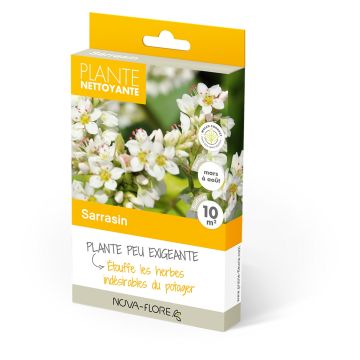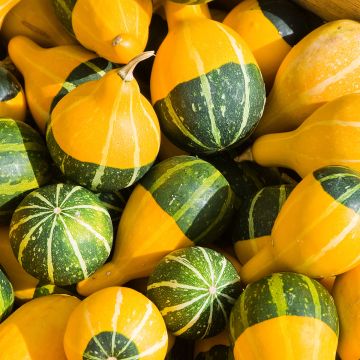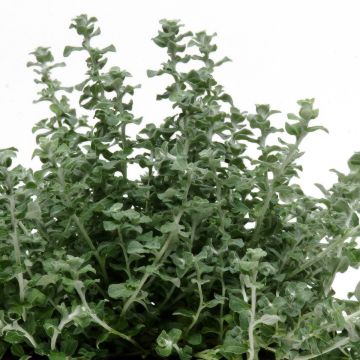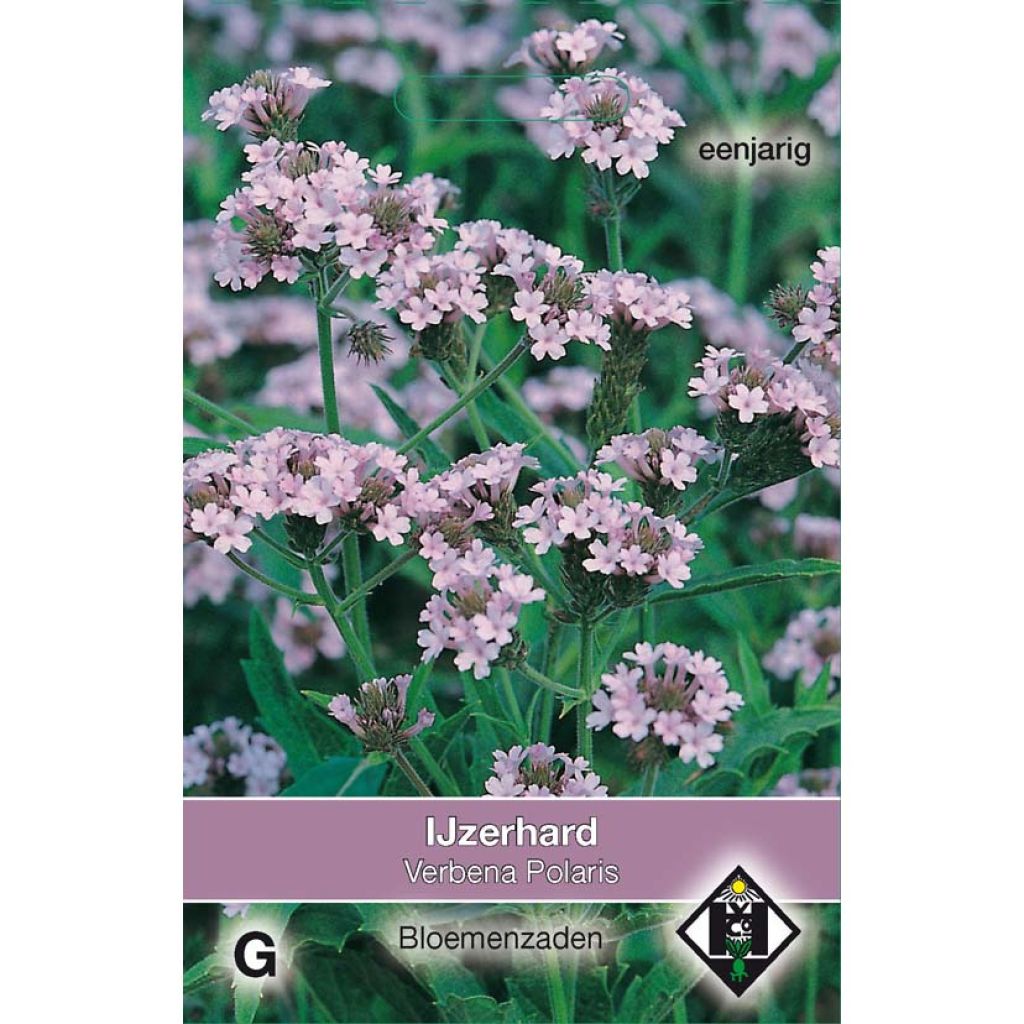

Slender vervain Polaris - Verbena rigida f. lilacina
Slender vervain Polaris - Verbena rigida f. lilacina
Verbena rigida Polaris
Slender Vervain
Seed viability at 30%, young plant established in August.
Olivier T., 15/10/2020
Special offer!
Receive a €20 voucher for any order over €90 (excluding delivery costs, credit notes, and plastic-free options)!
1- Add your favorite plants to your cart.
2- Once you have reached €90, confirm your order (you can even choose the delivery date!).
3- As soon as your order is shipped, you will receive an email containing your voucher code, valid for 3 months (90 days).
Your voucher is unique and can only be used once, for any order with a minimum value of €20, excluding delivery costs.
Can be combined with other current offers, non-divisible and non-refundable.
Home or relay delivery (depending on size and destination)
Schedule delivery date,
and select date in basket
This plant carries a 6 months recovery warranty
More information
We guarantee the quality of our plants for a full growing cycle, and will replace at our expense any plant that fails to recover under normal climatic and planting conditions.
Would this plant suit my garden?
Set up your Plantfit profile →
Description
Slender vervain or Verbena rigida f. lilacina Polaris is an undemanding perennial plant that is also heavy blooming and drought resistant. This cousin of purple top verbena enjoys the same growing conditions, but differs with its pale lilac to mauve flowering colour and its more compact, bushy growth habit. It blooms from summer to autumn in sunny flower boxes, flowerbeds and rock gardens. For it to overwinter successfully, it should be planted in well-drained soil, cut down at the end of autumn and provided with a thick, dry mulch to protect it from heavy frost.
Native to South America, more particularly Northeastern Argentina and the pampas of Brazil, Verbena rigida, or slender vervain, is a species that is well adapted to dry climates in the summer and to coastal sites, swept by sea spray. It belongs to the family Verbenaceae. It is a perennial plant with fleshy roots and very rapid growth, allowing it to reach its adult size in a few months. Its growth habit is bushy and well-branched from the base, forming a clump measuring 50 to 60 cm high and 35 cm wide. Its flowering period is very long and lasts from June to October. The flowers of the Polaris cultivar are bright, luminous and gathered in flattened corymbs of a slightly bluish mauve hue, and are carried by stiff, square, branched stems. The foliage is made up of narrow, toothed leaves that are rough to the tough.
It thrives in the sun, in light, well-drained, even stony soils. Moderately hardy (up to -10°), its life span is quite short. If the soil is well suited, this shortcoming will be largely compensated by its ability to ensure its survival by spontaneously self-seeding itself wherever it wishes without becoming invasive. It is a nectar-rich plant that will appeal greatly to butterflies. This variety is still little known but its ease of cultivation and its attractiveness make it a perfect addition to gardens. It is marvellous in seaside or dry gardens, where it can be planted with ornamental grasses, shrubby sages, or in groups with California Poppy, Montbretia or golden Hummingbird Mint, creating a captivating yet modern setting. It can be grown in pots provided that they are well-watered in summer.
Flowering
Foliage
Plant habit
Botanical data
Verbena
rigida
Polaris
Verbenaceae
Slender Vervain
South America
Other Flower seeds A to Z
View all →Planting and care
Sow from February to March, in a tray or directly in a pot, in a well-drained, good quality seed compost, covering the seeds very lightly. Place in a warm place to maintain an optimal temperature of 20 to 25°. Keep the compost barely moist until germination, which can be slow.
When the young plants are large enough to be handled, transplant them if necessary, in small pots and gradually acclimatize them to outdoor conditions before planting them out in the garden, 30 cm apart.
Plant Verbena rigida in sunny locations. It is a good plant for flowerbeds and containers. Often perennial in the climate of its native regions, it does not tolerate cold temperatures below -10 °C very well and does not like too much moisture in winter. For this reason, it is often cultivated as an annual in our latitudes. When it is planted in open ground, it is a frugal and drought resistant plant that doesn't tolerate waterlogged soils in winter. In a large container, use compost for planting outdoors or for indoor flowering plants. Water regularly and allow the soil to dry before watering again. Apply fertilizer every fortnight. This plant self-seeds easily in the garden in light soil. You can pull out the tubers at the end of the season and store them in the same way as Dahlias.
Sowing period
Intended location
Planting & care advice
-
, onOrder confirmed
Reply from on Promesse de fleurs
Similar products
Haven't found what you were looking for?
Hardiness is the lowest winter temperature a plant can endure without suffering serious damage or even dying. However, hardiness is affected by location (a sheltered area, such as a patio), protection (winter cover) and soil type (hardiness is improved by well-drained soil).

Photo Sharing Terms & Conditions
In order to encourage gardeners to interact and share their experiences, Promesse de fleurs offers various media enabling content to be uploaded onto its Site - in particular via the ‘Photo sharing’ module.
The User agrees to refrain from:
- Posting any content that is illegal, prejudicial, insulting, racist, inciteful to hatred, revisionist, contrary to public decency, that infringes on privacy or on the privacy rights of third parties, in particular the publicity rights of persons and goods, intellectual property rights, or the right to privacy.
- Submitting content on behalf of a third party;
- Impersonate the identity of a third party and/or publish any personal information about a third party;
In general, the User undertakes to refrain from any unethical behaviour.
All Content (in particular text, comments, files, images, photos, videos, creative works, etc.), which may be subject to property or intellectual property rights, image or other private rights, shall remain the property of the User, subject to the limited rights granted by the terms of the licence granted by Promesse de fleurs as stated below. Users are at liberty to publish or not to publish such Content on the Site, notably via the ‘Photo Sharing’ facility, and accept that this Content shall be made public and freely accessible, notably on the Internet.
Users further acknowledge, undertake to have ,and guarantee that they hold all necessary rights and permissions to publish such material on the Site, in particular with regard to the legislation in force pertaining to any privacy, property, intellectual property, image, or contractual rights, or rights of any other nature. By publishing such Content on the Site, Users acknowledge accepting full liability as publishers of the Content within the meaning of the law, and grant Promesse de fleurs, free of charge, an inclusive, worldwide licence for the said Content for the entire duration of its publication, including all reproduction, representation, up/downloading, displaying, performing, transmission, and storage rights.
Users also grant permission for their name to be linked to the Content and accept that this link may not always be made available.
By engaging in posting material, Users consent to their Content becoming automatically accessible on the Internet, in particular on other sites and/or blogs and/or web pages of the Promesse de fleurs site, including in particular social pages and the Promesse de fleurs catalogue.
Users may secure the removal of entrusted content free of charge by issuing a simple request via our contact form.
The flowering period indicated on our website applies to countries and regions located in USDA zone 8 (France, the United Kingdom, Ireland, the Netherlands, etc.)
It will vary according to where you live:
- In zones 9 to 10 (Italy, Spain, Greece, etc.), flowering will occur about 2 to 4 weeks earlier.
- In zones 6 to 7 (Germany, Poland, Slovenia, and lower mountainous regions), flowering will be delayed by 2 to 3 weeks.
- In zone 5 (Central Europe, Scandinavia), blooming will be delayed by 3 to 5 weeks.
In temperate climates, pruning of spring-flowering shrubs (forsythia, spireas, etc.) should be done just after flowering.
Pruning of summer-flowering shrubs (Indian Lilac, Perovskia, etc.) can be done in winter or spring.
In cold regions as well as with frost-sensitive plants, avoid pruning too early when severe frosts may still occur.
The planting period indicated on our website applies to countries and regions located in USDA zone 8 (France, United Kingdom, Ireland, Netherlands).
It will vary according to where you live:
- In Mediterranean zones (Marseille, Madrid, Milan, etc.), autumn and winter are the best planting periods.
- In continental zones (Strasbourg, Munich, Vienna, etc.), delay planting by 2 to 3 weeks in spring and bring it forward by 2 to 4 weeks in autumn.
- In mountainous regions (the Alps, Pyrenees, Carpathians, etc.), it is best to plant in late spring (May-June) or late summer (August-September).
The harvesting period indicated on our website applies to countries and regions in USDA zone 8 (France, England, Ireland, the Netherlands).
In colder areas (Scandinavia, Poland, Austria...) fruit and vegetable harvests are likely to be delayed by 3-4 weeks.
In warmer areas (Italy, Spain, Greece, etc.), harvesting will probably take place earlier, depending on weather conditions.
The sowing periods indicated on our website apply to countries and regions within USDA Zone 8 (France, UK, Ireland, Netherlands).
In colder areas (Scandinavia, Poland, Austria...), delay any outdoor sowing by 3-4 weeks, or sow under glass.
In warmer climes (Italy, Spain, Greece, etc.), bring outdoor sowing forward by a few weeks.






























